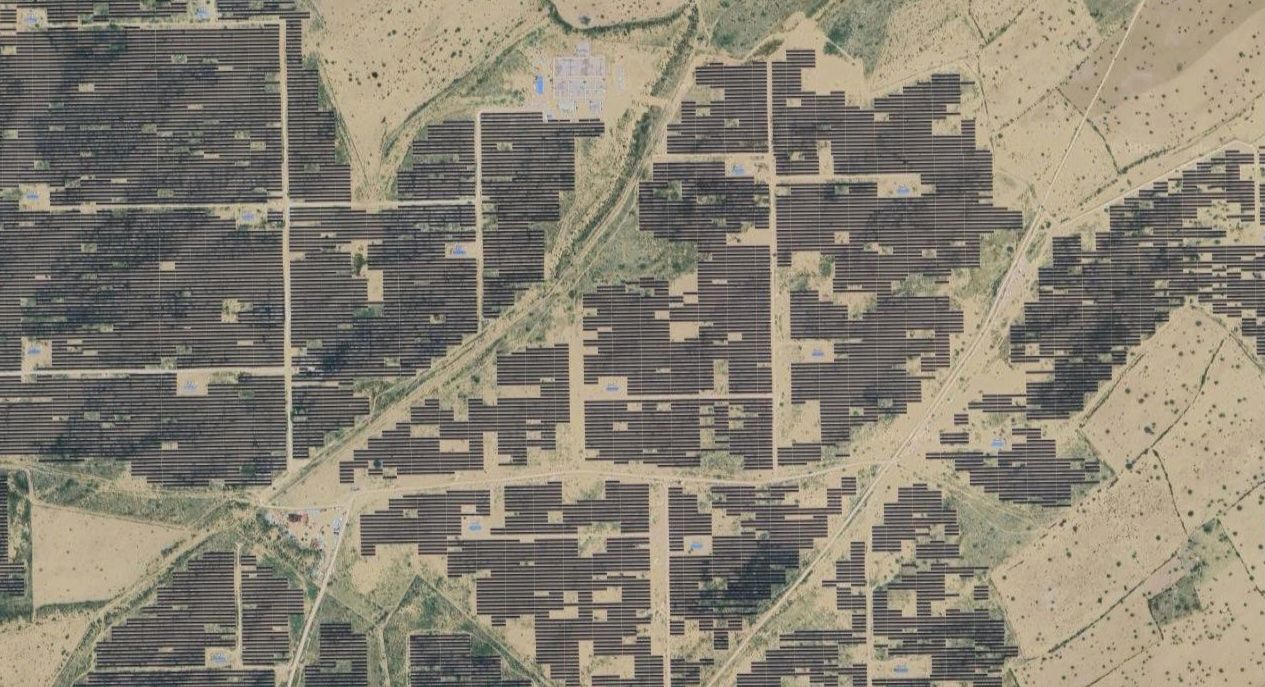What to know about Climate TRACE’s monthly data updates
As of March 2025, Climate TRACE is now releasing new data monthly. Here are some important things to know about our ongoing monthly updates:
What’s in the data updates?
New data: Climate TRACE will release a new month of data every month, with a 60-day lag. For example, the latest data release available from Climate TRACE at the end of March 2025 will cover emissions through the end of January 2025.
This includes total greenhouse gases (represented as carbon dioxide equivalent, or CO2e), carbon dioxide (CO2), methane (CH4), nitrous oxide (NO2), and asset-level data on non-greenhouse gas pollutants including sulfur dioxide, black carbon, and more.
Each monthly data release will cover the entire Climate TRACE inventory — meaning there will be new data available at the global, country, sector, state, county, and asset level, as well as for the 9,000+ urban areas included in the Climate TRACE inventory.
Updates to existing data: Revisions to existing Climate TRACE data are common and expected. They allow us to take the most up-to-date and accurate information into account.
As new information becomes available, Climate TRACE will update its emissions totals (potentially including historical estimates) to reflect new data inputs, methodologies, and revisions.
Climate TRACE will also add new assets to the inventory as they come online or as we gain new techniques to estimate emissions from previously unquantifiable sources. These changes will be made on an ad hoc basis.
All updates will be logged in the Release Notes that will accompany each monthly data release.
How can I tell which version of the database I’m using?
The data displayed on the Climate TRACE website will reflect the emissions totals from the most recent data release. To see what the most recent data release was, check the Data Releases tab on the News & Insights page of the Climate TRACE website and/or the Release Notes and changelog on Github.
When downloading any data from the Climate TRACE website, you will receive a ‘read me’ file, which will include the data version number. The Climate TRACE website will always host the most recent version of the data for download.
Previous versions of the Climate TRACE database dating back to November 2024 can be found on Zenodo. For questions about previous versions of the Climate TRACE database, please contact us here.
Are your most recent monthly data estimates projections or are they based on actual, observed emitting activity?
It varies by sector, based on the availability of relevant input data. For many sectors, the new month of data includes emissions estimates based on observed activity. For select sectors, when we do not have updated information on emitting activities, we project forward the emissions total from the previous month. When this is the case, we note it in our detailed Release Notes. In cases of forward-projected data, as updated information becomes available, subsequent data releases may revise associated emissions estimates for previous months.
What is included in each month’s Release Notes?
Each month, Climate TRACE will share a document that details changes made to the database, as compared to the previous month. Information on any changes will be grouped by sector and will include the following types of updates:
– Changes to methodologies
– Noting if sectors or subsector totals have been projected forward from the previous month
– Revisions to previous months’ estimates
– Adding new assets
What is the uncertainty/confidence level of your monthly data estimates?
For every asset in the Climate TRACE database, we provide confidence measurements by greenhouse gas and by month. You can view the confidence bars on each asset card (by clicking on an asset on the Explore map), or you can access this information by downloading the data for any asset.
We do not provide confidence measurements at the country, sector, or subnational geographic levels. If you have questions about confidence, please contact us here.


